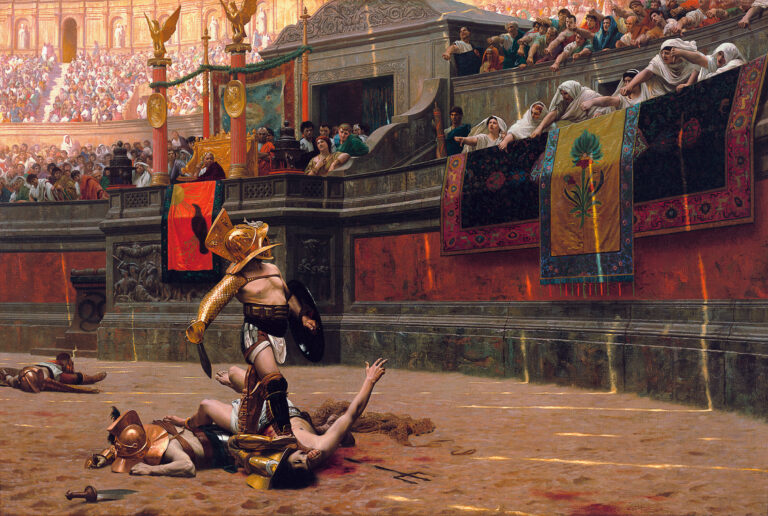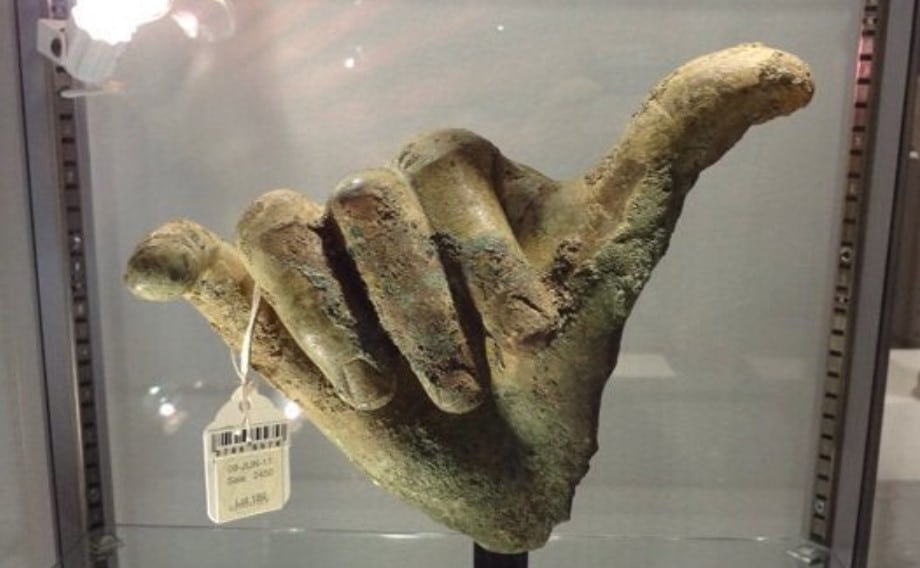

Historically speaking, if someone gives you the ‘thumbs up” you should not be that excited. In fact, originally it meant that the thumb owner wished your death. Throughout time the meaning has morphed, yet the origin of this common gestures stems from the Roman Arenas and Gladiators; although Hollywood and the media has often portrayed the meaning of the “thumbs-up” incorrectly.
Rome and Gladiators

In Ancient Rome, “Pollice verso” (Latin, literally with a turned thumb), was used by spectators and Emperors to decide the fate of gladiators. The “Summa Rudis” was the umpire of gladiator fights, when he decided that the fight was over, the Summa Rudis would use a series of hand gestures to communicate with the Gladiators and the Stands. As a response the crowd and emperor would use a hand gesture of their own, and as an arena fighter you never wanted to see a thumbs up. In fact, the thumbs up meant “unsheathe the sword and kill him”, while the opposite (aka a thumbs down) meant put away your sword and spare the fortunate loser.

Middle Ages
Centuries later, during the Middle Ages, the thumbs up was in use among English archers. A measurement called “Fistmele” was used to measure the distance between the string and the frame of the longbow which incidentally had to be around 7 inches, the average length of a fist with the thumbs extended. If the distance matched your fist with the thumbs extended, you were good to go. It is easy to imagine that this created a series of events that led for the thumbs up to be used in the middle ages as a symbol of a successfully closed deal and a sign of positivity.
Modern Era

In more recent years, the thumb up symbol received new life during World War I when pilots were in need to signs for silent communication and would use the Thumbs up sign to indicate that they were ready for take-off.

In modern days, two main media events made the gesture even more popular. The first was in the 70s with the “Fonzie” in Happy Days. His use of the thumbs up increased the popularity of the sign immensely. Even more recently, Facebook adopted the thumbs up as a “like” sign, ensuring the continuous popular and positive association with the sky-facing thumb.
Fun Fact: In the famous movie “The Gladiator”, the director toyed with the idea of correcting the Hollywood mistake of confusing the Thumbs up but opted to perpetrated misinformation not to confuse the audience.